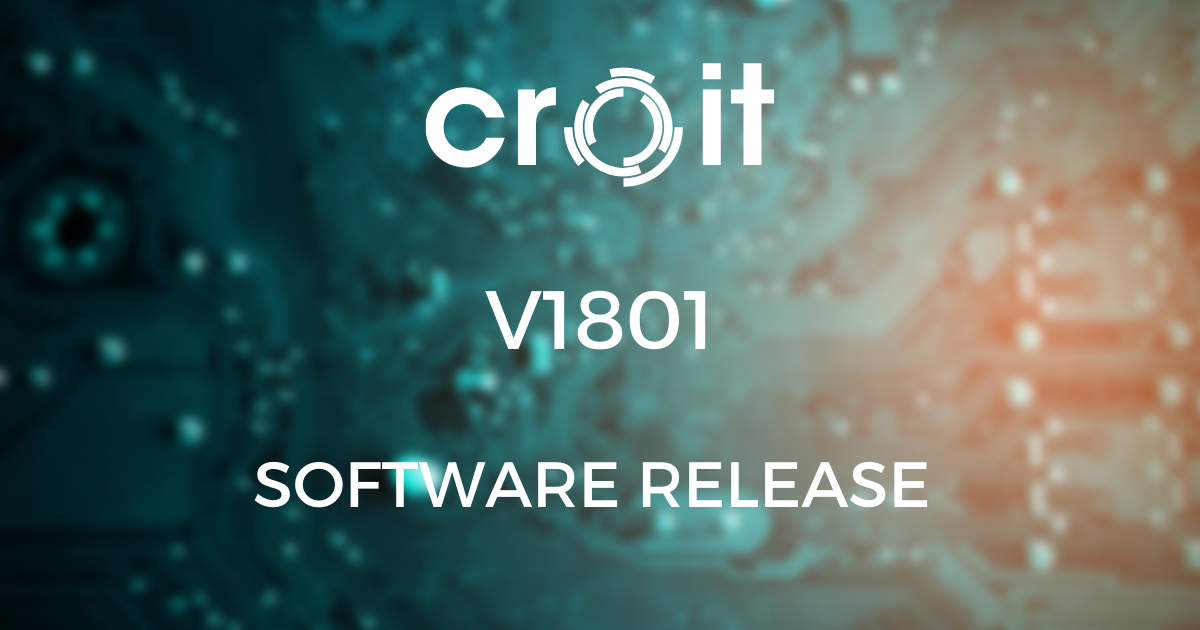
Software Release v1801
We are pleased to announce the new v1801 release of our fantastic Ceph management solution. Thanks to our developers, our new version pushes the boundaries of Ceph storage even further.
Our main focus was NFS, S3, and CephFS usability for this release. Thanks to comprehensive statistics and integrated rights management, multi-service providers in particular can now benefit from this. But there are also a lot of other features and fixes in this release.
CephFS File Browser
Our brand new file browser now enables you to display, upload, and download content from CephFS. These files are the exact same files that your NFS shares have access to. But it's not limited to simple file operations, you can also control data placement within CephFS through our frontend. Want to store your VMs on SSDs and backup on HDD within the same file system? There's a dropdown menu for that.
This is, like all our features, backed by our 100% RESTful API so you can use it to automate deployment of NFS shares.
HTML5 Terminal Integration
From time to time you may want to have a look at your servers with the shell. This was always easy with croit: our management container has all the SSH keys for quick and simple access or you can add your own key via the UI.
But now it's even easier: you can SSH into your servers right from our UI. We use a fully featured HTML 5 terminal that works just like your real terminal, including copy & pasting data from or to your servers. There is also a management terminal for everyone who likes to execute ceph commands directly on the shell.
Erasure Coded (EC) Pools
Erasure coding allows you to use less storage space without putting your data at risk in the face of disk failures. It's ideal for applications where storage space is more important than throughput, e.g., backups or other large files that are modified only rarely.
Not all use cases can be covered with erasure coding. Contact us to discuss your specific scenario and we'll figure out if you can make use of this feature.
CephFS Per Folder Statistics
We can now track time-series data for selected CephFS folders. Just selected the folders of interest in our CephFS file explorer and we use the recursive directory accounting feature of CephFS to track their growth automatically.
This can be used for billing internal or external customers based on the usage of their part of a share. As always, these statistics are available via our frontend, API, or in external monitoring tools such as Grafana.
RGW: More S3 Features
We are actively working with a customer to provide a better S3 integration. Time-series statistics are now tracked per S3 user and bucket. Further, we added support for S3 subusers and user quotas to better control and limit your S3 applications for increased reliability.
Custome Ceph Configuration Options
We already provide tuned default settings for Ceph and a few knobs to tweak. But every cluster is different and sometimes you just need to fiddle with a few more obscure settings. So we made it easier to add custom settings to your ceph.conf right from our UI. The changes are not only pushed to the configuration file on all servers immediately, they are also injected into running daemons to change them on the fly if possible.
Note: Tuning some settings can be detrimental for the performance or even dangerous. We often see misconfigured clusters performing badly in the wild. Please consider some expert consultation before modifying cluster values in a production environment.
Better Ceph Key Permissions
You now get much better control over permissions of Ceph keys. It's now possible to manage CephFS permissions on a per-directory basis through our UI. You can also view and edit the raw key permissions if that's not enough for you.
LLDP Neightbor Detection
For advanced networks, the Link Layer Discovery Protocol (LLDP) support was improved further. We now send out host configuration changes immediately, a helpful functionality for automated networks. With future releases, we plan to provide more details about the network and where the server is connected to.
Lots of Minor Improvements
Beside these new features there are a lot of minor improvements like the following:
- Bluestore is the new default
- New OS image with improved NFS recovery time after outages
- Scrubbing whole OSDs to detect errors
- Shutdown servers for planned maintenances
- Disk utilization tracking for Bluestore OSDs
- All bugs you reported were fixed. Thanks to everyone who reported problems!
Update Your croit Software
If you are already using croit, we strongly recommend to upgrade to croit v1801 to get the best possible experience! Just enter the following two commands on the management node:
